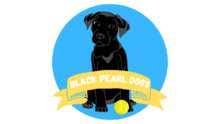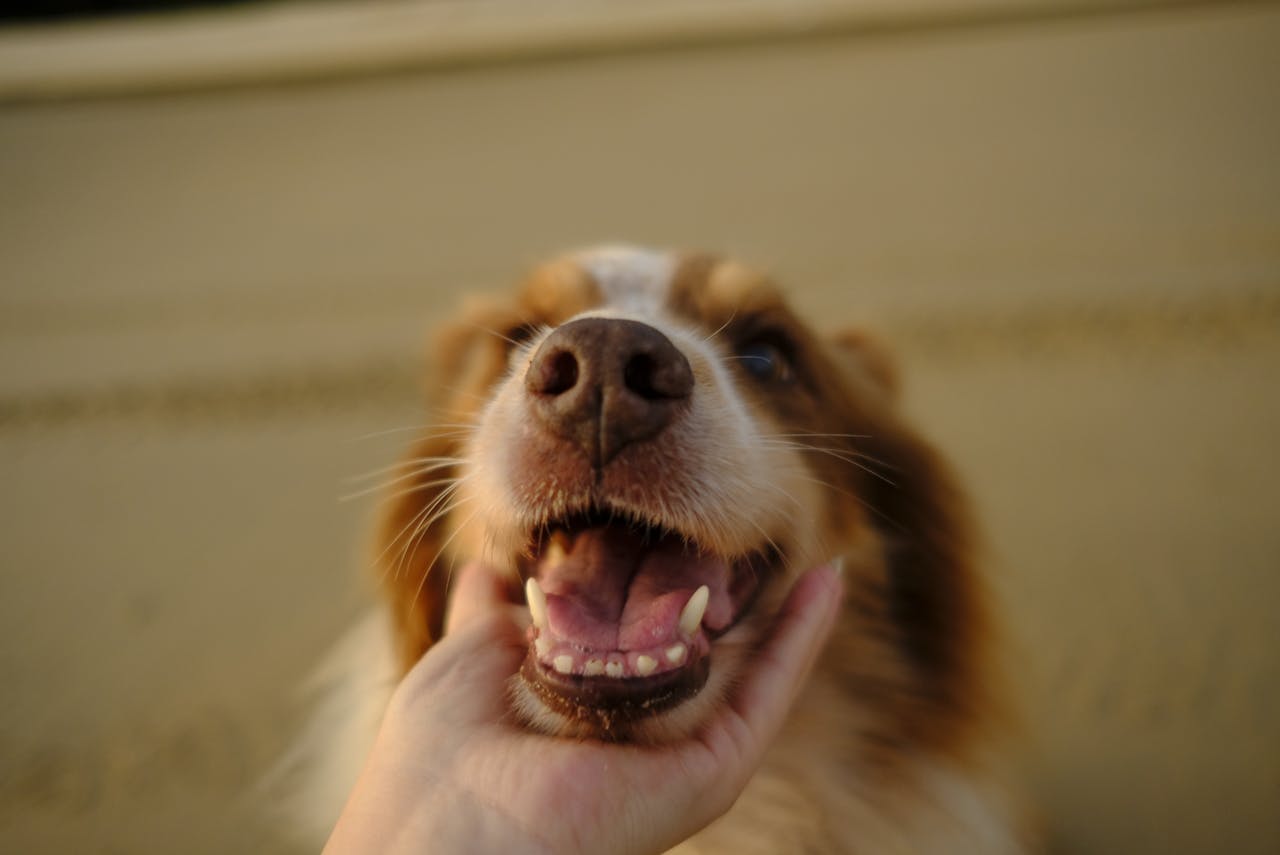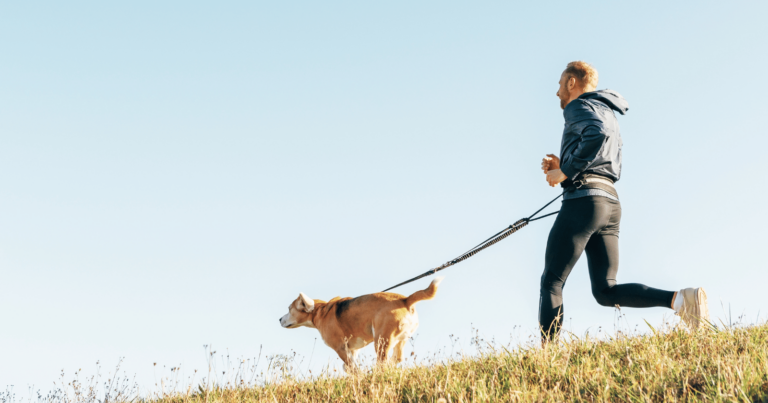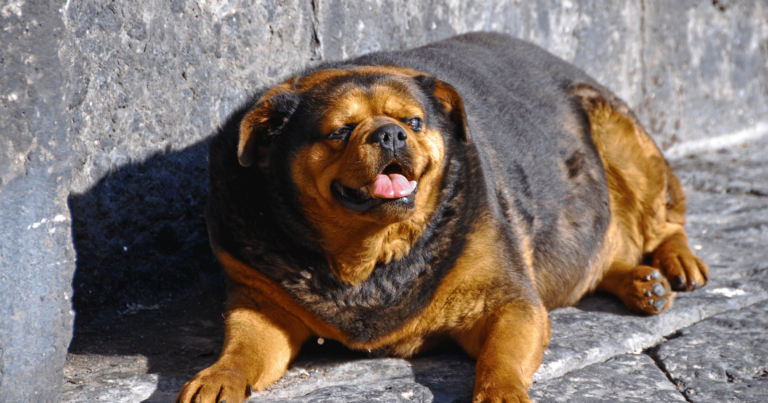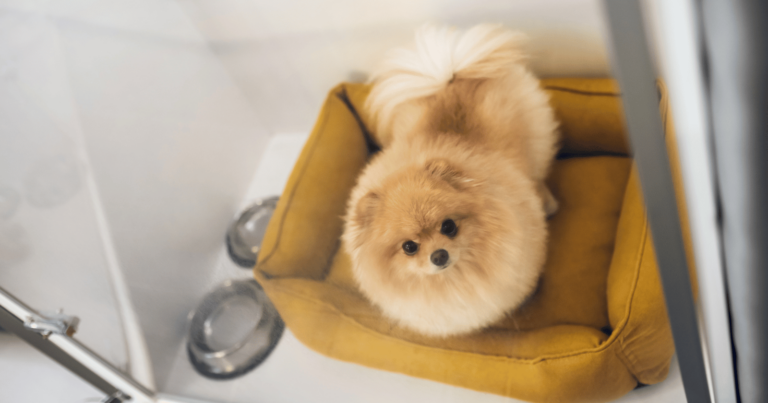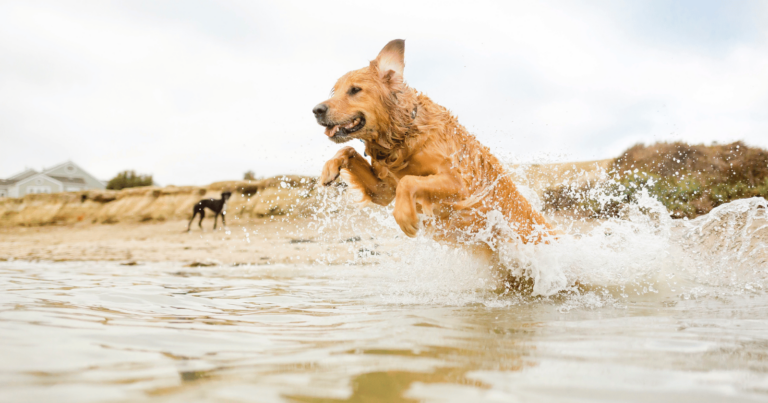A clean, healthy set of teeth not only keeps your canine companion’s breath fresh, but it can also prevent various dental diseases.
Ignored dental hygiene can lead to plaque build-up, gum disease, and even tooth loss.
Even more, dental problems in dogs can lead to more serious health issues such as heart or kidney disease.
In this article, I’m going to share 7 essential tips on how to take care of your dog’s teeth.
1. Choose the right chew toys
Just like with kids, chew toys can play a significant role in maintaining your dog’s oral health.
These toys are not just for fun – they’re actually a fantastic way to scrape off the plaque from your dog’s teeth and stimulate their gums.
When choosing a chew toy for your dog, you want to ensure it’s safe and appropriate for their size and breed.
Some toys may be too hard for your dog’s teeth and could cause chipping or breaking.
On the other hand, if the toy is too soft, your dog could easily tear it apart and swallow pieces, which can be a choking hazard.
Rubber chew toys are often a good choice as they are durable and soft enough not to damage your dog’s teeth.
Some even come with ridges or nubs that can help clean your dog’s teeth while they gnaw away.
Additionally, dental chew toys designed specifically for oral health can be beneficial.
These often have textures that help clean the teeth and gums and may be infused with ingredients that promote fresh breath.
2. Brush your dog’s teeth regularly
Yes, you read that right – dogs need their teeth brushed too!
To brush your dog’s teeth, you’ll need a canine toothbrush and toothpaste.
Remember, never use human toothpaste as it contains ingredients that are harmful to dogs.
Instead, opt for a dog-friendly toothpaste that is safe for your furry friend to swallow.
Make sure to choose a toothbrush that fits your dog’s mouth size and is comfortable for you to hold and maneuver.
You can find canine toothbrushes in pet stores or online.
There are even finger brushes available that fit over your finger for easy brushing.
When brushing your dog’s teeth, aim to clean all the surfaces of the teeth, paying particular attention to where the gum meets the tooth.
This is where plaque and tartar are likely to build up.
It’s recommended to brush your dog’s teeth at least 2-3 times a week.
However, daily brushing is ideal for preventing oral health problems.
Getting your dog used to having their teeth brushed can take time, especially if you’re starting with an adult dog.
Begin slowly and use plenty of praise and rewards to make the process positive.
Over time, your dog might even start looking forward to those brushing sessions!
3. Provide a balanced diet
Just as with humans, a balanced diet plays a crucial role in maintaining your dog’s oral health.
Certain types of food can help keep your dog’s teeth clean and healthy.
Dry food, for instance, can be better for your dog’s teeth than wet food.
The crunchy kibble can help remove plaque and tartar from the teeth.
If your dog is on a wet food diet, consider mixing in some dry food for the dental benefits.
Additionally, there are specially designed dental diets available for dogs.
These diets are formulated to reduce plaque and tartar build-up and promote overall oral health.
Treats can also play a role in your dog’s dental health.
Dental chews and treats can help clean your dog’s teeth and freshen their breath.
However, treats should only make up about 10% of your dog’s daily caloric intake to maintain a balanced diet.
4. Regular vet check-ups and professional cleanings
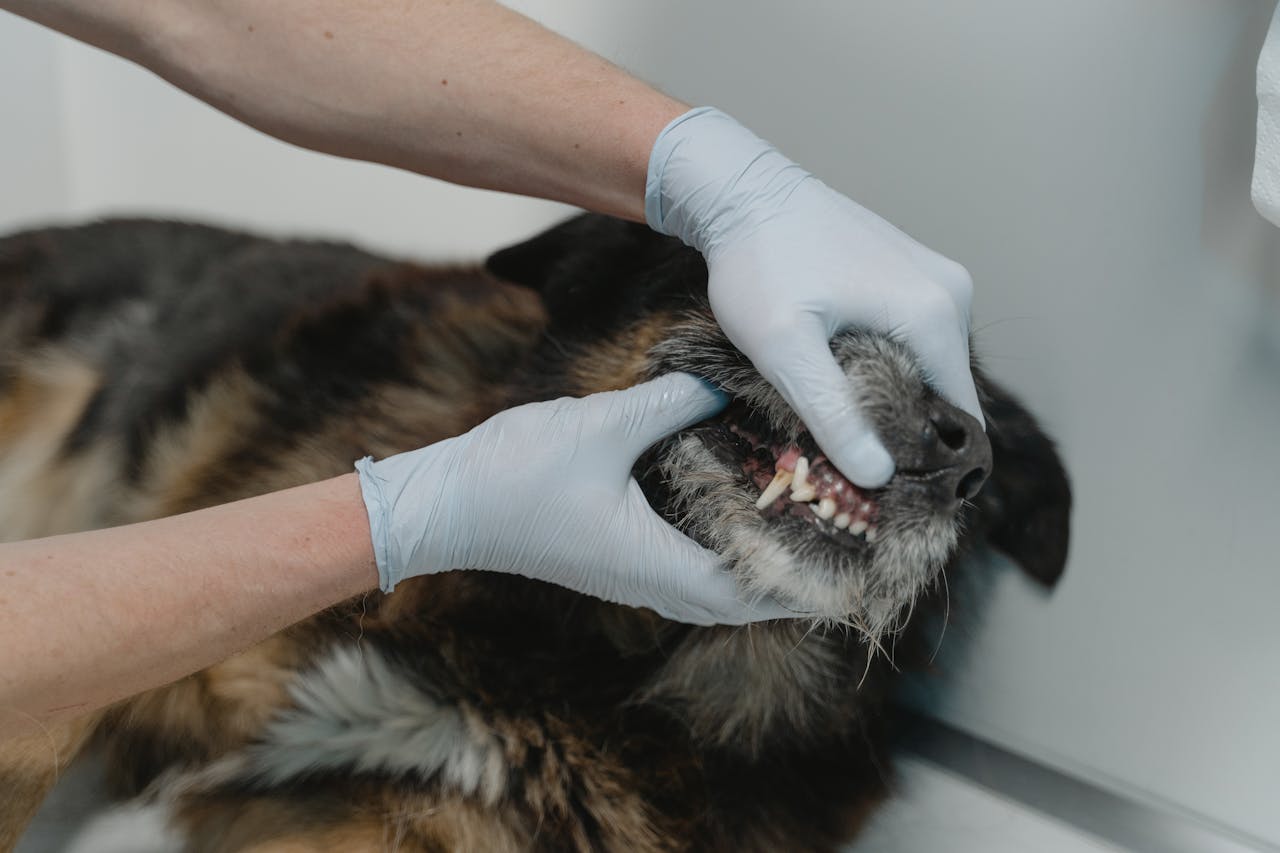
Just like humans require regular dental check-ups, so do our furry friends.
Your vet can spot early signs of dental disease that you might miss.
During a routine check-up, your vet will examine your dog’s teeth and gums for signs of problems.
They’ll look for plaque and tartar build-up, swollen or bleeding gums, loose or missing teeth, and other signs of dental disease.
If necessary, your vet may recommend a professional cleaning.
This is usually done under anesthesia and includes a thorough cleaning of the teeth and gums, similar to a dental cleaning for humans.
Professional cleanings can help remove hardened tartar that can’t be removed with brushing alone.
They can also help prevent gum disease and other serious dental conditions.
It’s recommended to have your dog’s teeth professionally cleaned at least once a year.
However, the frequency may vary depending on your dog’s age, breed, and overall oral health.
5. Know the signs of dental disease
As a dog owner, it’s important to familiarize yourself with the signs of dental disease in dogs.
Early detection can prevent serious complications and help ensure your dog’s oral health is back on track as soon as possible.
Common symptoms of dental disease in dogs include bad breath, excessive drooling, difficulty eating or loss of appetite, loose or missing teeth, and bleeding or inflamed gums.
You might also notice your dog pawing at their mouth or showing signs of discomfort when eating or playing with chew toys.
In addition to these physical signs, changes in your dog’s behavior can also indicate dental problems.
For example, if your normally energetic pup seems lethargic or less interested in playtime, it could be due to discomfort from dental disease.
If you notice any of these signs, it’s important to schedule a visit with your vet as soon as possible.
Dental disease can be painful for your dog and, if left untreated, can lead to more serious health problems.
6. Use a dog-friendly mouthwash
These products are specifically formulated to fight plaque and tartar build-up, freshen breath, and promote healthy gums.
Dog-friendly mouthwashes are typically added to your dog’s drinking water.
They’re tasteless and odorless so they won’t deter your pup from drinking.
These products work by breaking down bacteria in the mouth, helping to prevent plaque and tartar build-up.
Some also contain ingredients that improve gum health and freshen breath.
As with any product you use on your dog, it’s important to choose a mouthwash that is specifically designed for dogs.
Never use human mouthwash as it contains ingredients that can be harmful to dogs.
Remember that a mouthwash is not a substitute for regular brushing or professional cleanings.
It’s simply another tool you can use to help maintain your dog’s oral hygiene.
Always consult with your vet before adding any new products to your dog’s oral care routine.
7. Implement dental wipes
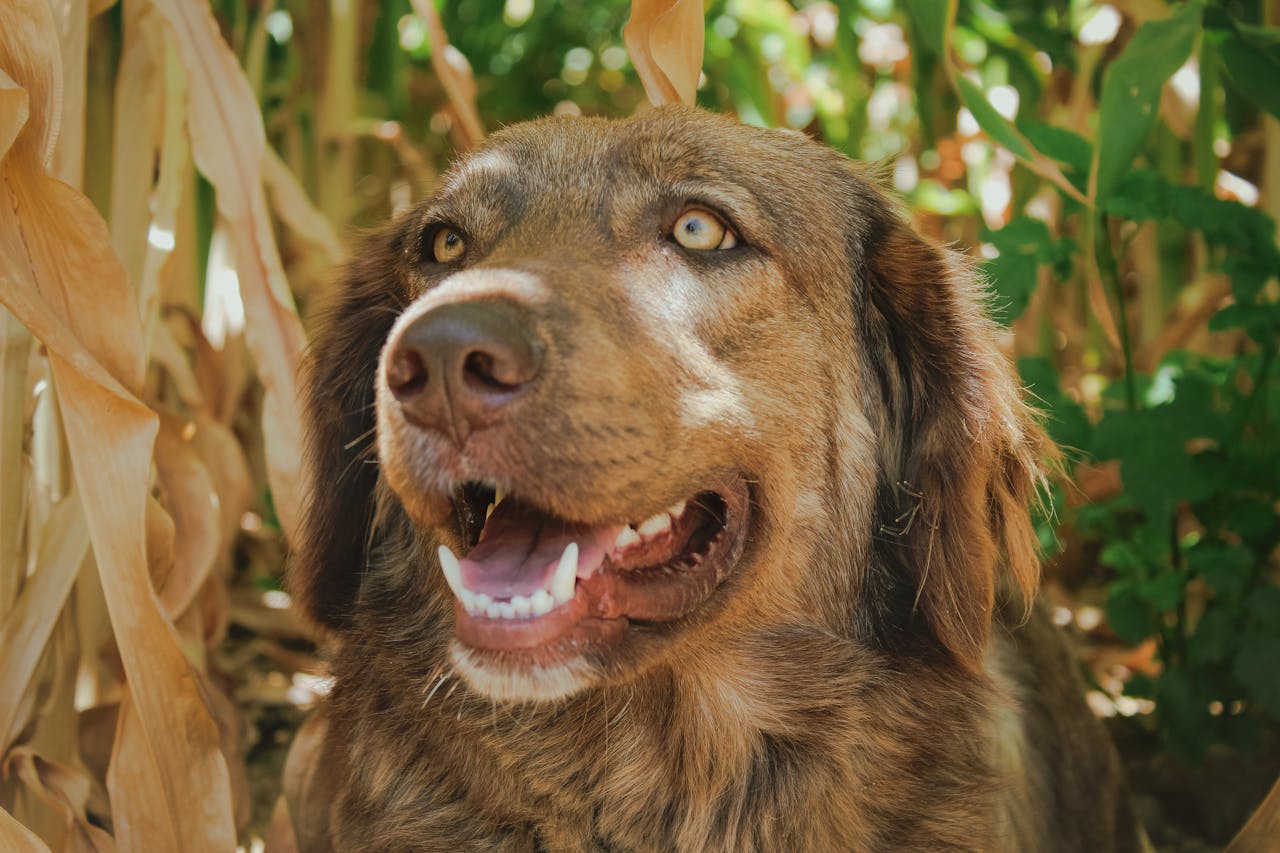
They are specifically designed to clean the surface of your dog’s teeth, and they can reach into corners and crevices where a toothbrush might not.
Dental wipes for dogs are soaked in a solution that helps to break down plaque and freshen breath.
They’re typically textured to help scrub the teeth as you wipe, and they’re disposable for easy clean-up.
To use a dental wipe, you simply wrap it around your finger and gently rub it over your dog’s teeth and gums.
Start with the front teeth and work your way back.
Dental wipes can be particularly useful for dogs who resist toothbrushing, as they may find the wiping action less intrusive.
They’re also handy for quick clean-ups in between brushings or when you’re traveling with your dog.
Going beyond dental care
While taking care of your dog’s teeth is incredibly important, it’s just one piece of the puzzle when it comes to your dog’s overall health and well-being.
A happy, healthy dog is the result of a combination of good nutrition, regular exercise, mental stimulation, preventive veterinary care, and of course, plenty of love and attention.
All these elements work together to ensure your furry friend leads a balanced, fulfilled life.
Indeed, dental care is an integral part of your dog’s health regimen.
But always remember that it’s part of a bigger picture – a holistic approach to canine care that ensures every aspect of your dog’s life is catered to.
In the end, our goal as pet parents should be not just to care for our dogs but to provide them with a life full of joy, health, and happiness.
Because they certainly do the same for us!
